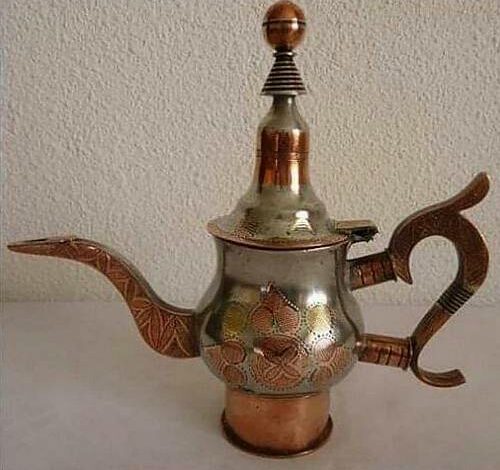
Egypt’s Culture Ministry, in cooperation with 10 other Arab countries, succeeded on Tuesday in registering “Arts, skills and practices associated with engraving on metals (gold, silver and copper)” on the Representative List of the Intangible Cultural Heritage of Humanity in UNESCO.
This brings the number of Egyptian elements on the list up to eight.
This came during the meeting of the organization’s Intergovernmental Committee, at its 18th session, currently being held in Botswana.
Minister of Culture Neveen al-Kilany, said: “This achievement is the result of a joint file between eleven Arab countries – Egypt, Saudi Arabia, Algeria, Morocco, Iraq, Palestine, Sudan, Saudi Arabia, Tunisia, Yemen, and Mauritania.”
“These countries worked together over a period of two years, in coordination with the Arab Educational, Cultural and Scientific Organization (ALECSO), to prepare the nomination topic, during which consideration was taken to highlight the cultural diversity of the intangible cultural heritage in our Arab region, which generations have been keen to pass on, and preserved over thousands of years,” Kilany added.
The minister congratulated all Egyptians on registering the eighth element of the elements of intangible cultural heritage on the UNESCO Representative List.
She also thanked those in charge of the Egyptian Heritage House, headed by Nahla Imam, for their constructive efforts to register the eighth element.
Kilany stressed that the message of this joint topic is mutual respect and peace between all people, which Egypt emphasized in its speech during the meeting of the Intergovernmental Committee for the Intangible Heritage.
Intangible cultural heritage is a space understanding between all peoples in a world witnessing growing conflicts, Egypt stressed in its speech.
During the meeting of the International Committee of UNESCO, Egypt also extended a special greeting to metal engraving artists, designers, creators, and craftsmen.
Egypt, which has known metal engraving since the dawn of history, bears witness to the continuous sustainability of its heritage.




